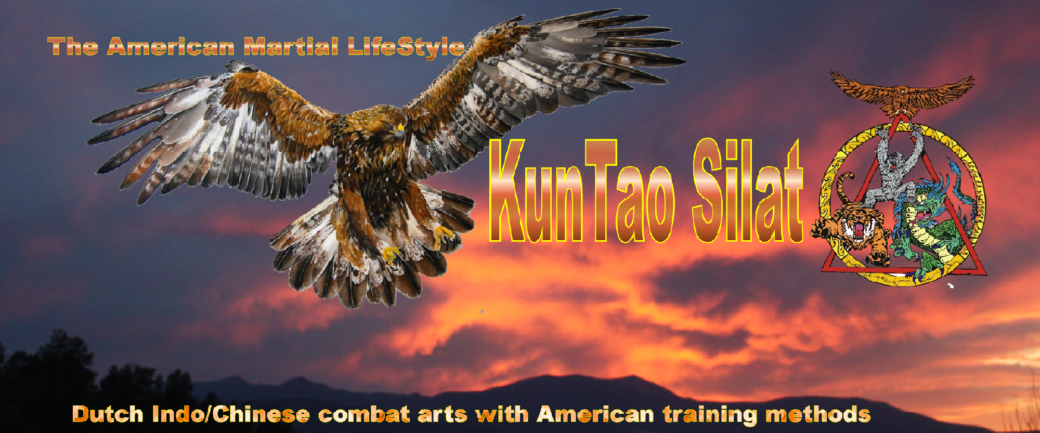In American martial arts culture, particularly with the influence of Bruce Lee, it can be common to encounter the argument that the choreographed solo practice routines we call “forms” in English and “Kata,” “Djurus,” “Hyung,” “Taolu,” etc. in other languages are a waste of time.
When you consider how most “strip mall” Dōjō conduct their forms study, it is!
Forms are perhaps the most misunderstood concept from Asian martial arts following their migration west with the possible exception of energy or “Qi/Ki.”(A whole topic unto itself.)
In my understanding, part of this is due to the fact that many of the early forms taught to Americans and Europeans, etc were the simplified, standardized sets from Japan and Korea intended for mass practice by children or fit young men in boot camp. The movements often were not given more than a surface explanation of applications, much less the biomechanics, tactics, and strategies herein.
Complicating things further is that in some arts, such as those of Classical Japan, forms are all partner scenarios with a pre-determined engagement used as a launching point for learning. In other styles forms are solo dance like sequences with occasionally baffling movements.
Yet if we look past semantics we find that ALL martial arts and combat sports contain “forms.” Any time one human imitates another human via a pre-set pattern of movement, that is a form. Whether your forms take the format of “drilling” with a partner as seen in the popular grappling arts or they are solo exercises, forms are forms.
Yet the solo practice sets are meant to build a foundation for partner study, at least if the practitioner has any interest in self defense or fighting (which are not the same thing, again a complex subject for another day).
Ideally, a martial arts form provides opportunity to inculcate the gross motor movements of the martial art in question into the automatic reflexes of the sympathetic nervous system, reprogramming the body’s spontaneous responses. These movements reflect the strategy and tactics of the style. The form, by nature of its exercise, develops the physical attributes and biomechanics considered essential for proper execution of these strategies, tactics, and techniques. Thus we find a holistic method of practice that provides for technical development alongside physical conditioning: it would seem that this presents an ideal practice method.
However, if we wish to move past the health and personal cultivation benefits of a form and into the combative realm with any realism we must have partner training which escalates from pre-set drilling done is a controlled and repeatable manner into the often fetishized “aliveness” of sparring. In KunTao Silat we accomplish this by drilling techniques derived straight from the forms, then progressing into Sticky Hands, and finally into Free Play, which can be as rough and tumble as the participants are willing to be.
”Why spend any time on forms when you can spar, or at least drill?” is a frequent sentiment. Assuming you have a partner around, I agree. While there is a need for technical correction in person for forms, the bulk of any occasion where a partner is available should be dedicated to partner exercises like technique drilling and Sticky Hands.
Forms, like stance work and Qigong, should be part of the Daily Constant Training we do at home, away from class scenarios.
In KunTao Silat we are lucky that our forms are not “stylized” to the extent that many other martial arts have become, wherein it can be difficult to recognize much less perform the applications of each movement. While there are unquestionably depths of sophistication to mine in each form, the fundamental gross motor techniques are immediately transferable to partner work. In this way our forms have as much in common with the shadow boxing and pad work drills of modern combat sports as they do with the solo practice sets in other martial arts.
I can recall during the pandemic lockdowns of 2020 innumerable social media posts where grapplers and other “modern” martial arts players lamented their inability to practice. Shadow boxing instructional videos featuring choreographed routines for kickboxers and MMA enthusiasts to follow started to pop up. And more than once I saw “traditional martial artists” noting the irony of people seeking out a technical, solo practice format after years of criticism against forms.
It just goes to show that despite whatever marketing is in vogue in a given era, there is a place for forms as a practice tool for martial arts so long as you understand what forms are for.
In KunTao Silat our forms represent textbooks of combat lore which we can use as a foundation to build our own personal Martial Lifestyle.
Happy training!
Dr. Jon
Discover more from KunTao Silat
Subscribe to get the latest posts sent to your email.

No comments yet.